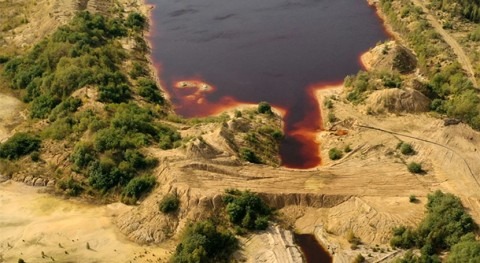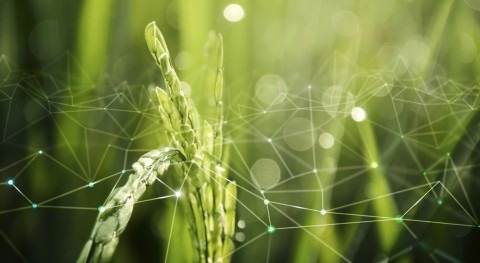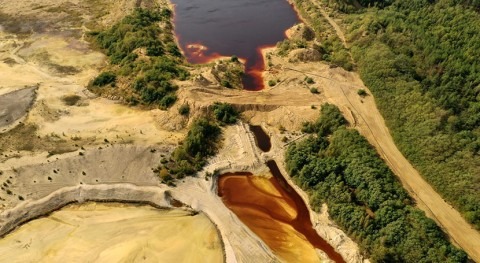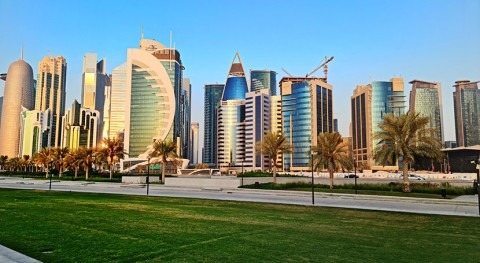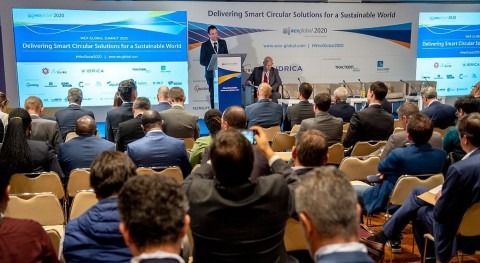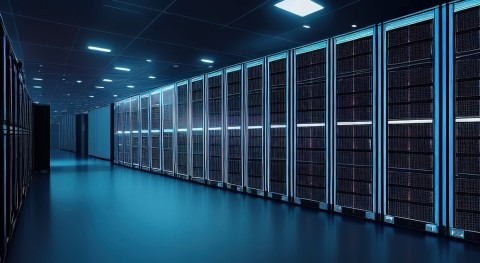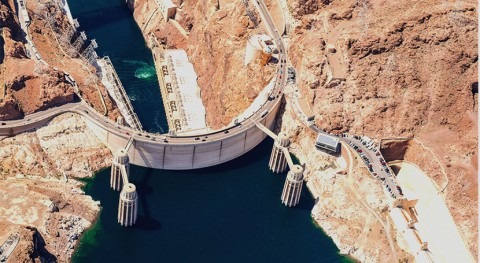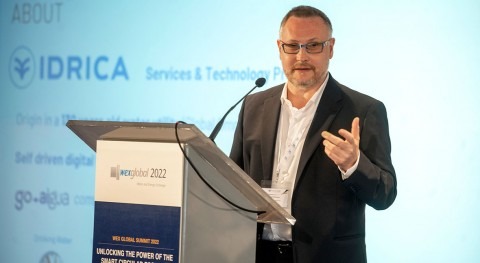Our responsibility in the water sector is to ensure the availability of this precious resource for future generations. To this end, it is essential to improve its management, to optimize the energy used for its treatment and supply, and to protect the environment. Therefore, we must join forces to achieve water efficiency or "water conservation", a concept that includes three objectives: achieving greater sustainability, reducing energy use and looking after the environment.
To reach these objectives, we must pave the way for the digital transformation of water and promote better management of this resource, a goal that is shared by government and is also on the roadmap of water utilities. But what role does technology play on the road to water efficiency?
Technology: the only way to water efficiency
The events of recent years have proved the importance of sound water management in our daily lives, and how innovation can open the floodgates to the future. Moreover, current concerns over the sector’s environmental impact will encourage the adoption of technologies that reduce our water, energy and carbon footprints.
One of these innovative technologies, AMI (Advanced Metering Infrastructure), is helping to optimize all processes by turning meters into IoT sensors that transmit useful information to utilities. Thanks to the large numbers of sensors deployed, AMI enhances water management, predicts its demand in advance and locates leaks. In addition, remote reading helps to reduce energy consumption and the environmental impact of some processes, such as visual meter reading.
Current concerns over the sector’s environmental impact will encourage the adoption of technologies that reduce our water, energy and carbon footprints
Meanwhile, thanks to the holistic vision they provide, digital twins help operators make decisions considering their impact on the system. For example, energy costs can be lowered by establishing the best pumping schedules based on the hourly price of energy. Energy consumption can also be reduced through more efficient asset operation and system planning, taking into account energy use associated with the design of new infrastructure.
Moreover, leading water utilities have been building intelligent asset management into their processes with the aim of maximizing water efficiency. Technology plays a key role here and paves the way for different use cases. For instance, it can help extend the lifetime of assets, facilitate preventive maintenance by pinpointing the most problematic materials, and even optimize the energy consumption of pumps and other operating elements. In short, more efficient resource management is another aspect that brings significant benefits, not only economically but also environmentally.
Geographic Information Systems (GIS) is another essential tool for achieving water efficiency. Proper geospatial orientation in the interpretation of data helps to establish the optimal location of pipes and the connections between them. In addition, in terms of the creation of typologies, GIS help with the layout of the different hydraulic elements so that they comply with topological rules.
Sustainability will also be guiding the evolution of Artificial Intelligence in the water sector and, over the next few years, utilities will be adding different AI use cases to their operations. New lines of research that could emerge include systems for detecting long-term weather patterns. These systems could be designed to improve the efficiency of water resource management in the event of droughts or floods, in order to mitigate the effects of climate change.
5G is another example of a technology that will become a key ally for utilities in the quest for water efficiency, thanks to its low latency and its ability to connect millions of devices. It will also help to liberate and democratize data, thus responding to the demands of today's citizens. People nowadays are not only concerned about the amount of water they consume, but also about how much is left in the reservoirs, or the quality of the water they are using. 5G can provide the answer to these questions and to other issues related to environmental sustainability.
In short, the continuous improvements in technology will lead to increasingly optimized energy supply and consumption, more accurate leak detection processes, and lower maintenance costs. These advances will help reduce total CO2 emissions, leading to smarter management of the entire water cycle and boosting water efficiency.




